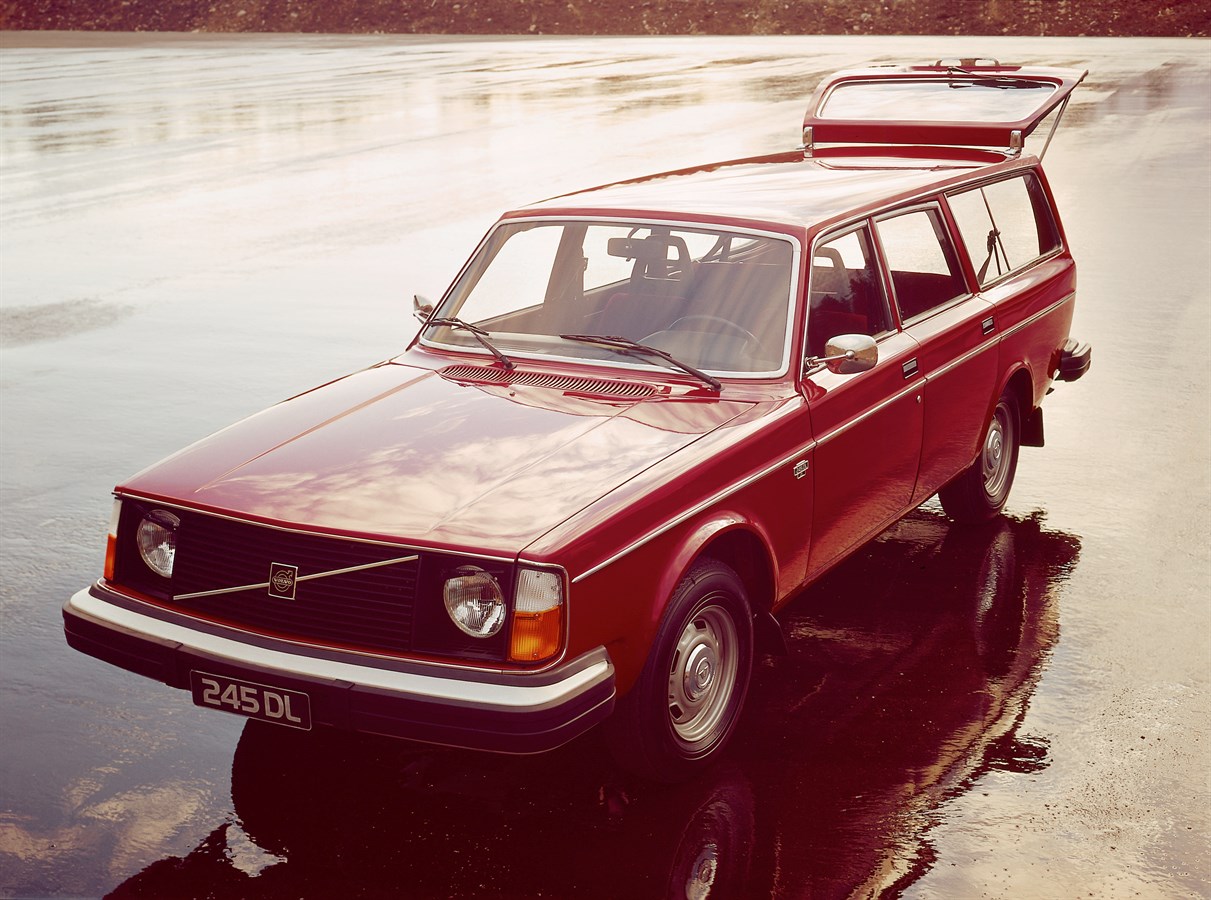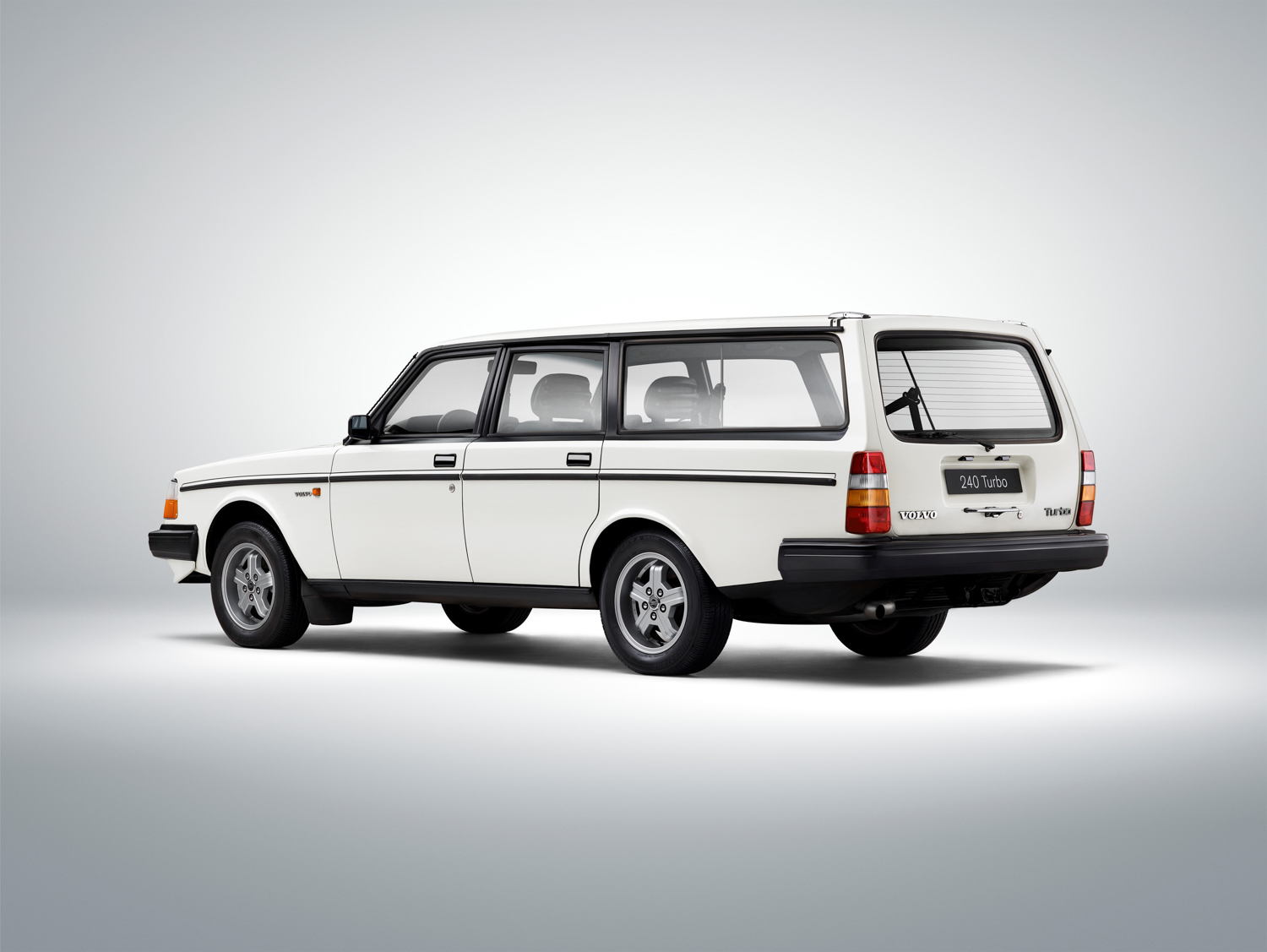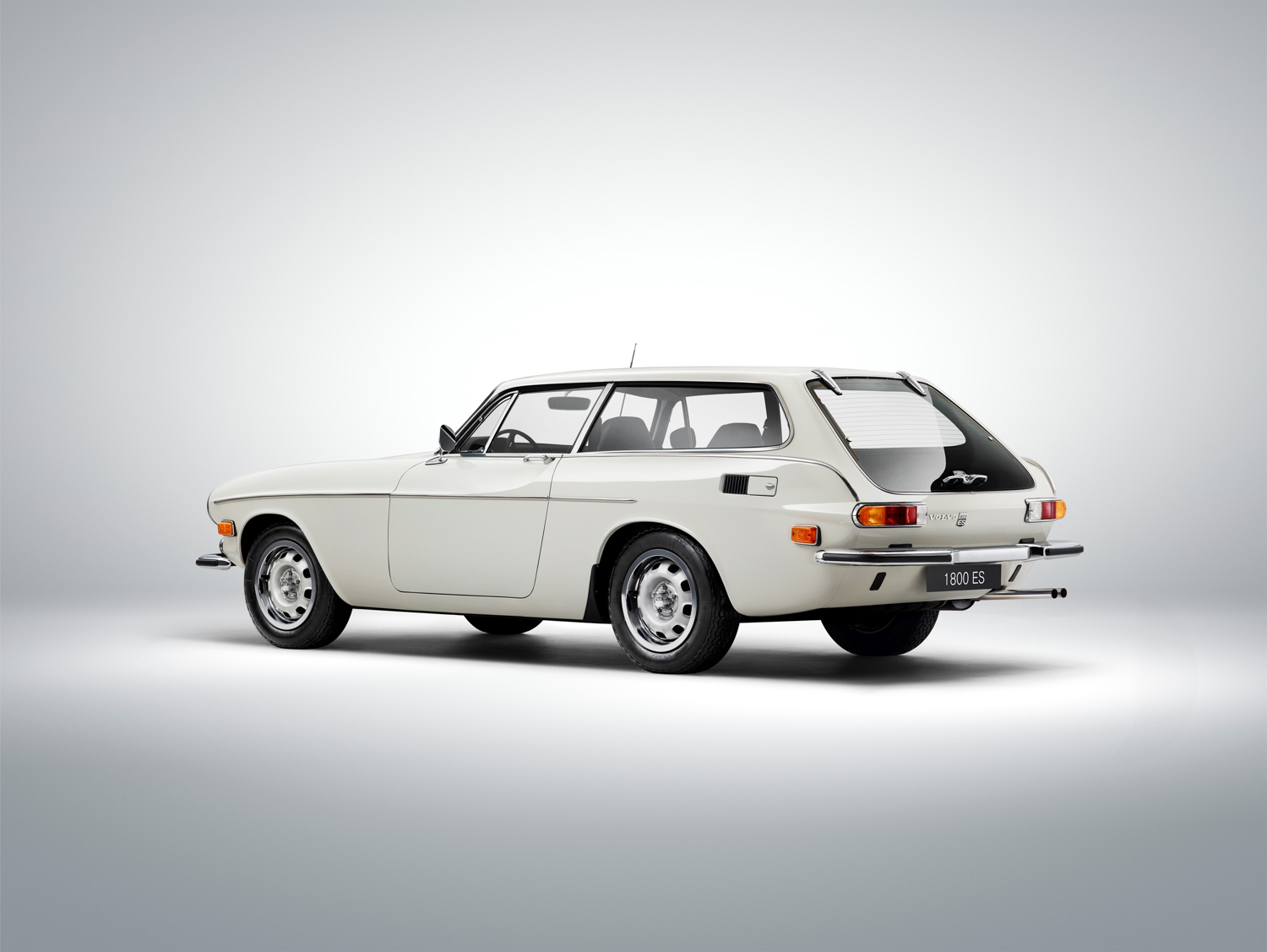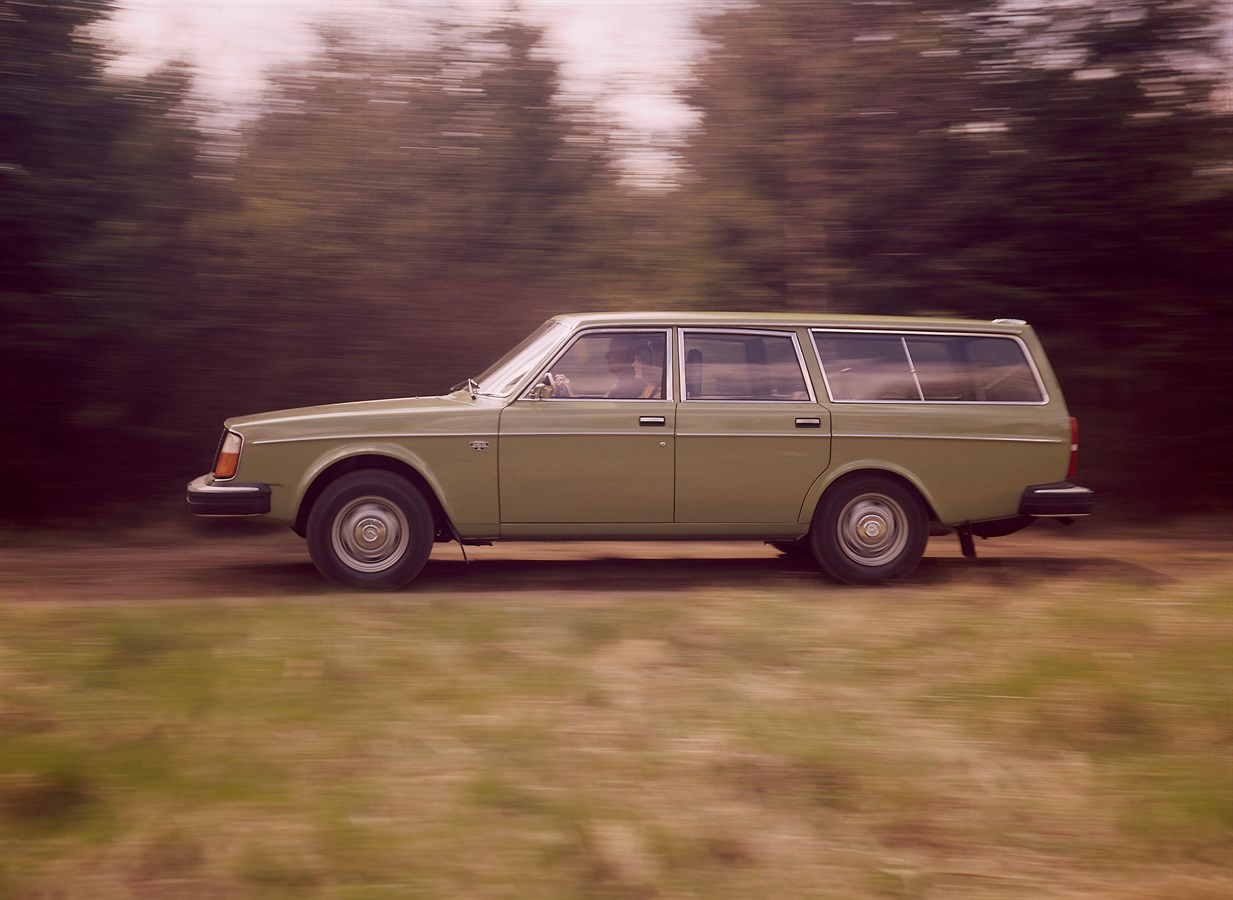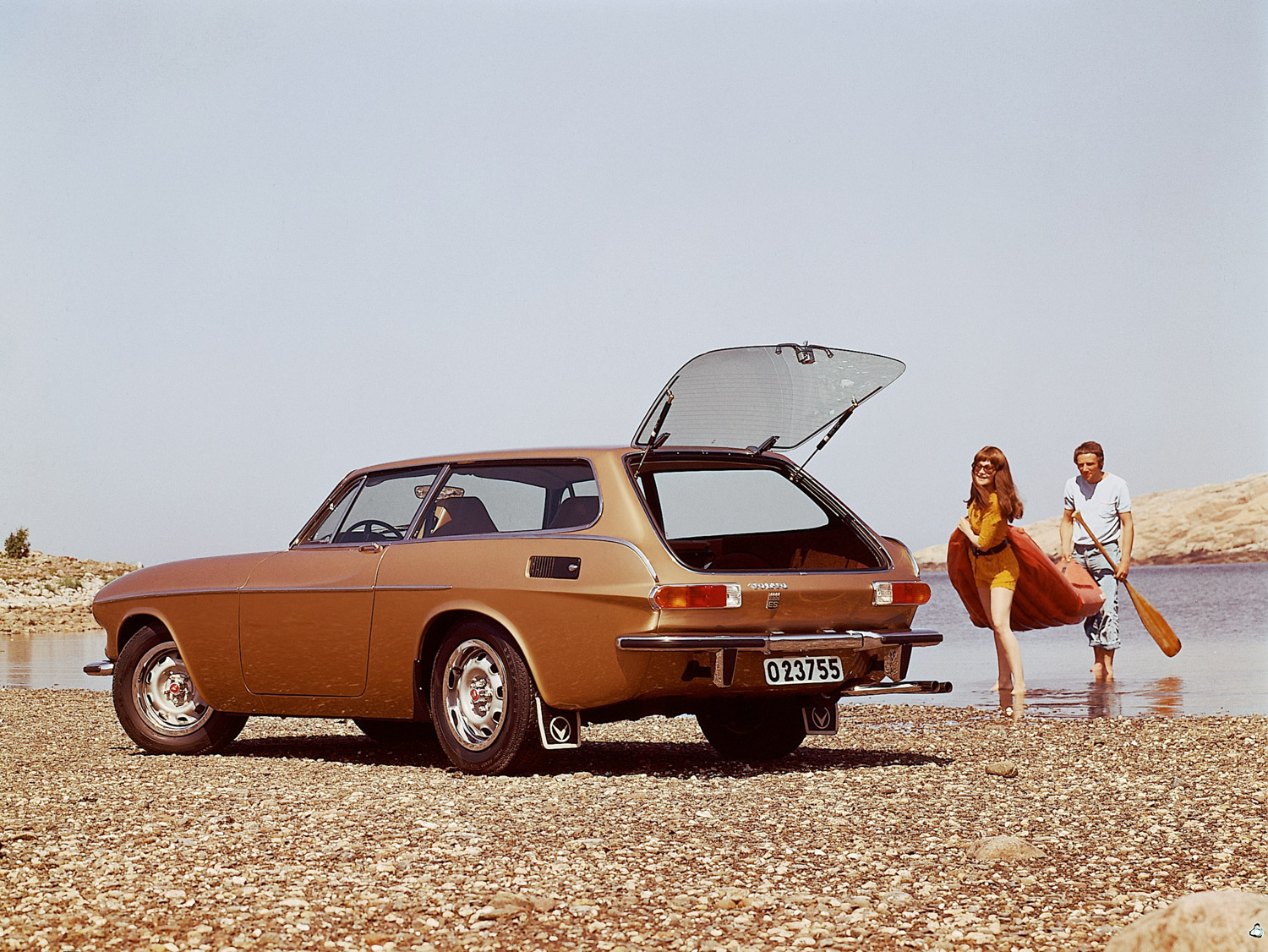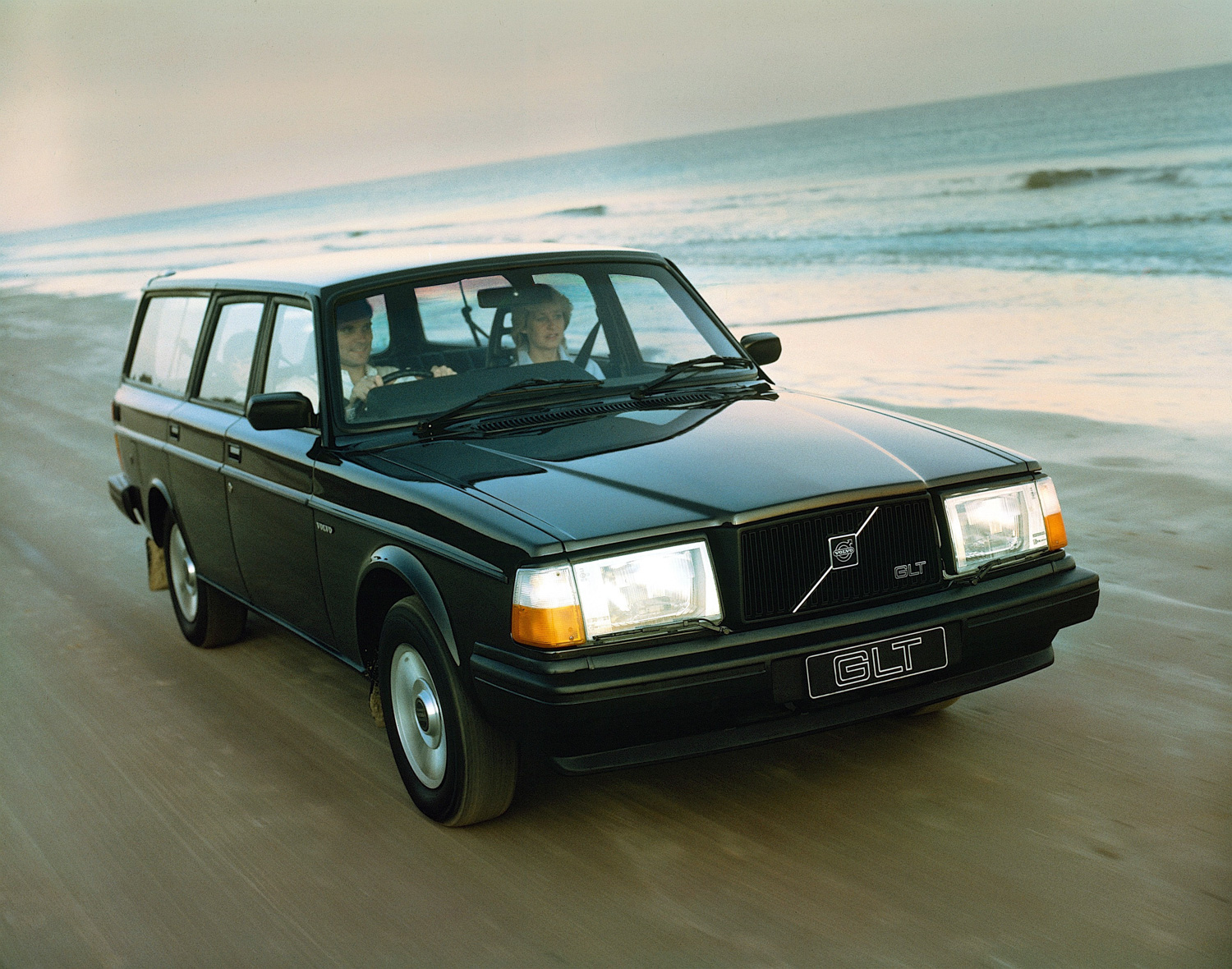Are boxy Volvos finally ready to take off?
Volvos are known for safety, unique designs, and a certain pragmatism. They are not known for outrageous performance, mentions in hit pop-songs, or making waves in the collector car market. That said, some of these old Swedes might be poised for an acceleration in values.
Volvos can be loosely grouped into three eras. The curvy designs of the 1950s and 1960s, the boxes that began in the 1970s and lasted into the 1990s, and the belt-line shoulder look that started in the late 1990s.
The curvy designs of the 1950s and ‘60s include the frumpy PV-series, the generic European look of the 122-series and the stylish Italian-influenced design of the 1800-series. These have been well established as collectible Volvos and don’t appear to be poised for a jump in values.


The belt-line shoulder look Volvos that began in 1999 with the S80, meanwhile, are still too new to be included in this discussion.
Boxy is beautiful
Right there in the middle, though, the box-era cars are worth a look. The box era was spurred on by safety innovations that started in the 1960s. The first models to sport the new boxy look were the 100-series cars. These were popular but were overshadowed by the ultimate box, the 200-series. Inspired by the Volvo Experimental Safety Car concept of 1972, the 200-series was launched in 1974 and production continued until 1993, during which nearly 3 million were sold. The 200-series is best known for the 240 wagon. In early nomenclature it was called the 245, which stands for 200-series, with four cylinders and five doors.
The 240 was the vehicle of choice of many families in the 1970s and 1980s. First owned by one or both parents and then often given to the kid(s) upon earning their driver’s license, those kids are now older and have fond memories of the boxy bulletproof Volvos of their youth. While buyer interest (as measured by insurance quote activity) among Baby Boomers lies mainly with the 1800 series Volvos, Gen-X and Millennials are approaching 75 percent of all quotes for the Volvo 240-series cars.

Only 18 months ago, quotes for box-era Volvos were still evenly split between Pre-Boomers and Boomers in one group and Gen-X and Millennials in the other, which is why values for these may soon accelerate.

Values for the 240 are flat over the past two years, but are edging up in the second half of 2018. A condition #3 (Good) 1980 Volvo 245 is only $4000. Late-production cars from the early 1990s in excellent condition can sell for over $10,000 though, and asking prices for the best 240 wagons (in target markets like Portland, Oregon) are over $25,000. Wagons are seen as more desirable than the sedan and can be worth 25 percent more.
While the box-era Volvos made their reputation on reliability and longevity, there are several more highly collectible special models to keep an eye out for. Exotic variants of the 200-series include the 242GT, the homologation special 242 “Flathood”, and the Bertone bodied 262C.
Square yet spicy
The 242GT was available in the U.S from 1978-80 and is distinguished by tuned suspension, higher compression engine, and silver paint with red and black stripes. More legitimate performance arrived with the 242 “Flathood”, a U.S.-market car for the 1983 model year. It featured the turbocharged four-cylinder 2.1-liter engine, but it also had an intercooler that was not available on the standard Turbo model. Officially rated at 162 hp like the standard Turbo, it likely produced a lot more thanks to the intercooler. Only 500 were produced to meet European Touring Car Championship (ETCC) requirements. In addition to luxury features such as power windows, a sunroof, air-conditioning, and optional leather seats, the cars initially had a body kit, but that was removed before they were sold to the public. Volvo cleverly met the ETCC eligibility requirements, but still had a car it could sell.
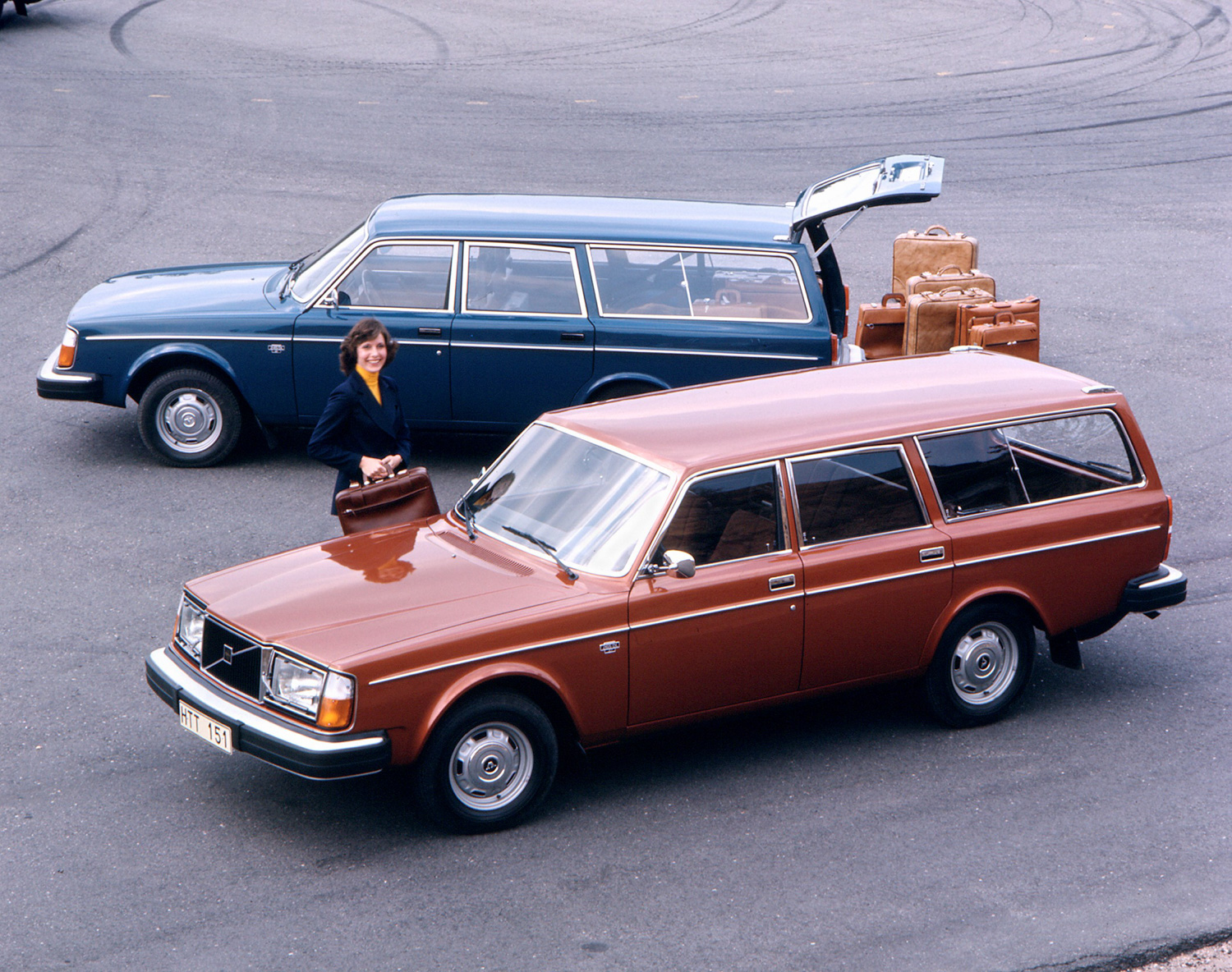

The Bertone-bodied 262C was produced for the 1978-81 model years, and less than 7000 were made. While the 262C looked almost unaltered below the belt-line, above that, Bertone chopped the roof almost four inches and widened the C-pillar for a superb late ‘70s look. The six-cylinder engine was the PRV or Peugeot Renault Volvo V-6 that produced 125 hp in its initial 2664-cc form, but in later 2.8-liter guise, it made 130 hp. David Bowie owned a black example of the chopped box that sold for $216,000 at a Swiss auction in early 2018, but despite the Bowie sale, values for the 262C have remained flat. A condition #1 (Concours) car is just over $20,000. Meanwhile, a condition #3 car is only $9000.
Some of the more mundane 200-series Volvos, however, are considered rare not because they were built in small numbers, but because attrition tends to thin the herd. According to our records, not one 265 was insured as a collector car as of April 2018.
Curvy carries a premium
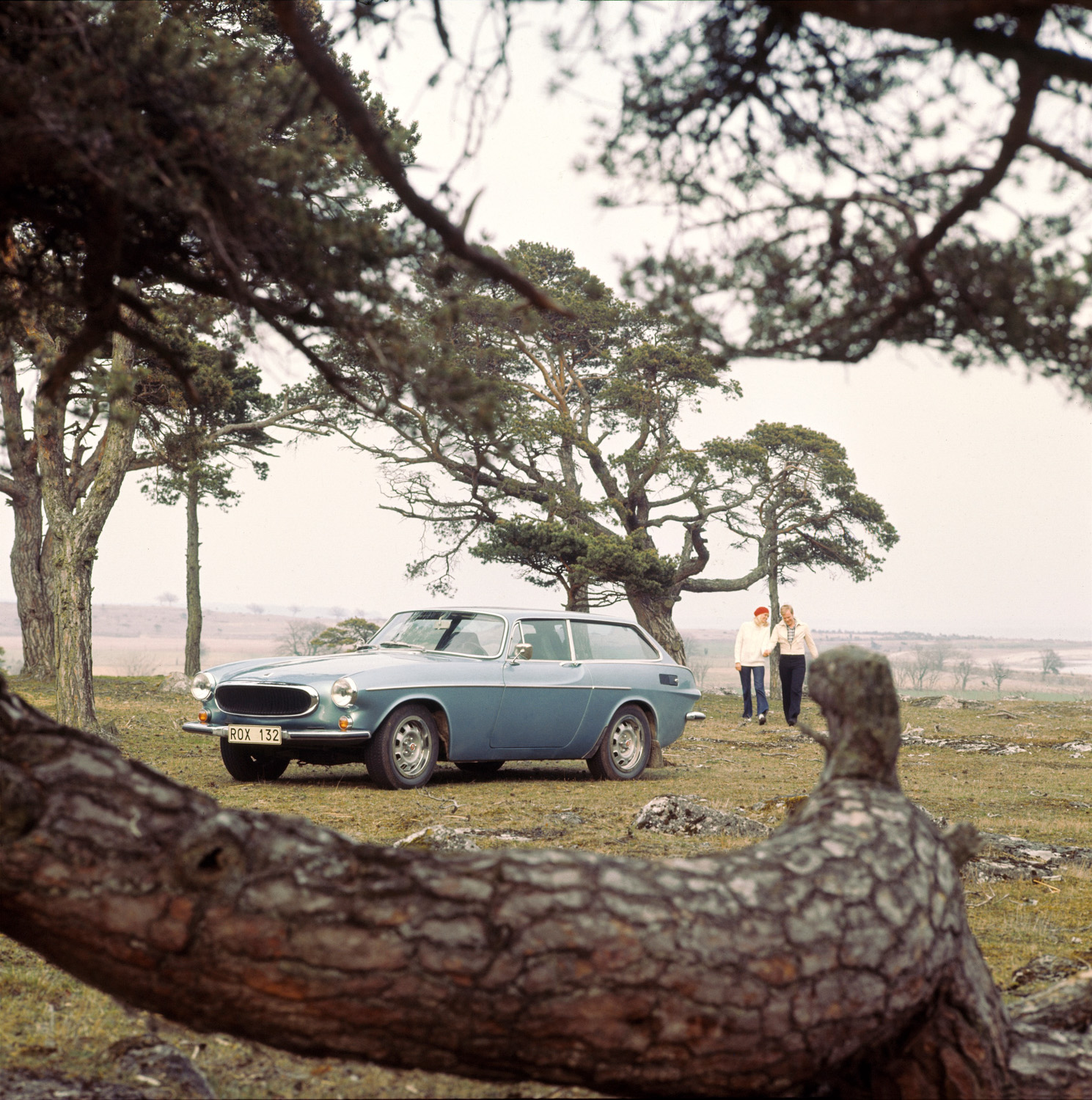
At auction, cars from the curvy era still lead the list of top Volvo prices. Top spot is held by the three-door glass-hatch 1800ES. At the Bonhams Greenwich auction in 2014, a red 1973 Volvo 1800ES with less than 13,000 miles from new sold for $92,400. More recently, at the Bonhams Quail Lodge auction in 2018, a light blue metallic 1972 Volvo 1800ES with 56,000 miles sold for an identical $92,400.
Among box-era cars, the highest prices paid have been for the 262C, when two examples were sold for around $20,000 in 2014. While it seems unlikely that 240-series Volvos will become a regular feature at live auctions, that oversight could be an advantage in finding excellent examples on larger private markets.
While box era Volvos like the 100-series and 200-series were later joined by the 700- and 900-series cars, it is the 240 that remains the most memorable and the most likely to appreciate soon. Is the market for the 240-series Volvo going to shed its cold pragmatism? It looks like a safe bet.
